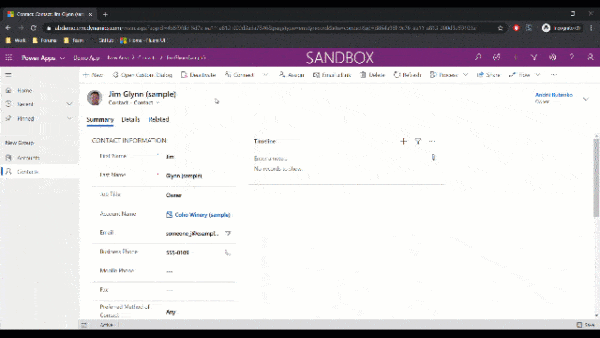Each Web Content Management (WCM) platform has a sweet spot and making the right technology decision really depends on what is at the heart of your online business model. Understanding the business model for your website is fundamental in understanding whether Microsoft SharePoint 2010 is the right Web Delivery Platform for you.
Should the website provide brand awareness? Should the website connect people with people, products or services? Should the website drive revenue directly through online commerce? These are just some of the questions that should be asked, but are so often overlooked, before deciding on which WCM platform suits your requirements.
SharePoint 2010’s Sweet Spot
The last 18 months have seen mixed reviews around SharePoint 2010 and its WCM feature set. There are, however, a number of circumstances where SharePoint is hard to beat for WCM. An often overlooked fact is that very large organizations built their public facing websites on a SharePoint platform before Microsoft took SharePoint seriously as a WCM platform. We should give credit to both Microsoft and SharePoint for this and try to understand why, for these organizations, SharePoint made sense.
The questions that need answering are: where is SharePoint at its best as a web delivery platform and when should SharePoint be deployed and used as a fully-fledged WCM platform? Here are the business scenarios where SharePoint 2010 WCM really does make sense:
SharePoint 2010 As Public Facing Application Delivery Platform
As websites become more focused around providing end users with tools, software, services and interactivity, SharePoint’s vast array of out-of-the-box features prove more and more sense. Many organizations are looking to expand their “brochure-ware presence” and provide site visitors with more value through interactive services that deepen the user experience, resulting in an action being taken. SharePoint’s ability to deliver social features, including user profiles, blogs, wikis and discussions boards, is a good example of how organizations can quickly build their own online community and provide end users with a richness of information that strengthens both customer relationships and their brand.
Everyone is talking about search-driven experiences that enable easier discovery of content and make content personal and relevant to the end user. The business case is quite simple. The quicker people can find what they are looking for on a website, the more likely they are to engage and take an interest one step further. Using the search technology that is baked into SharePoint, as well as FAST search (which can be implemented on top of SharePoint), it is possible to provide end users with powerful search-based experiences.
Microsoft Centric Organizations
If an organization is already embedded with Microsoft through the use of both server and client products, like Microsoft Office 2010, then SharePoint as a WCM platform obtains an even stronger argument, with compelling benefits. In these instances, the IT department has a single platform to support and maintain, and end users only have one set of authoring tools to come to grips with. The familiar design and development tools aid a quicker time to market. This, together with an overall lower cost of ownership can have a huge economic impact on an organization’s digital initiatives.
Development-Heavy Business Requirements
Our online experiences are becoming much more complex and personal. As a society, our online expectations and demands are increasing and a direct result of this is more reliance on custom development features and functionality. Whilst anyone entering a website or software delivery program should keep the “KISS” principle (keep it simple, stupid) in the forefront of their minds, development is usually inevitable. It’s therefore important to carry out development in a structured environment using best practice methodology to minimize risk.











